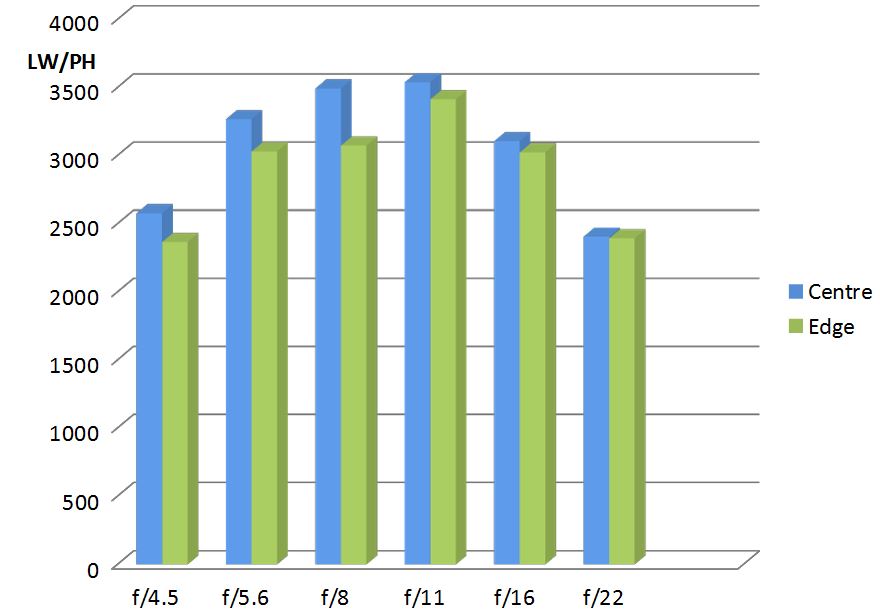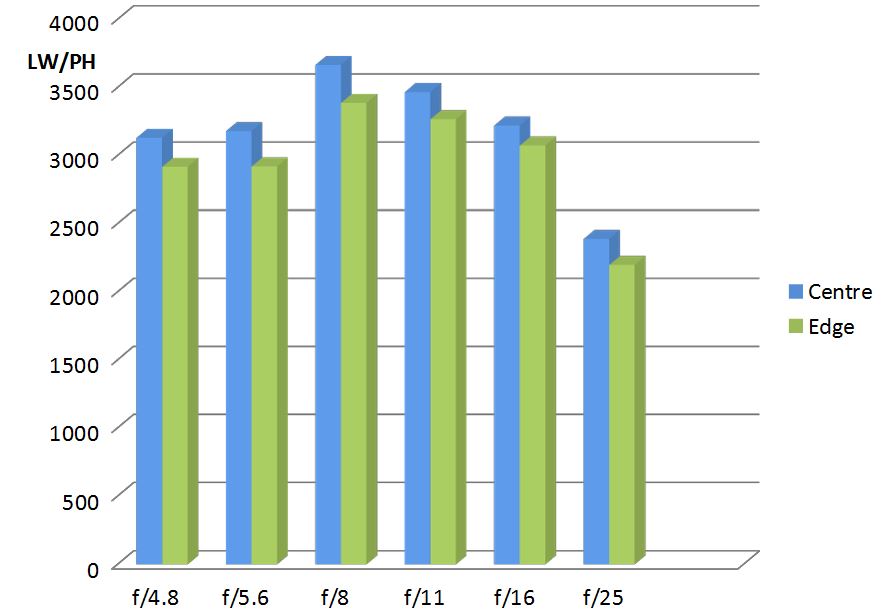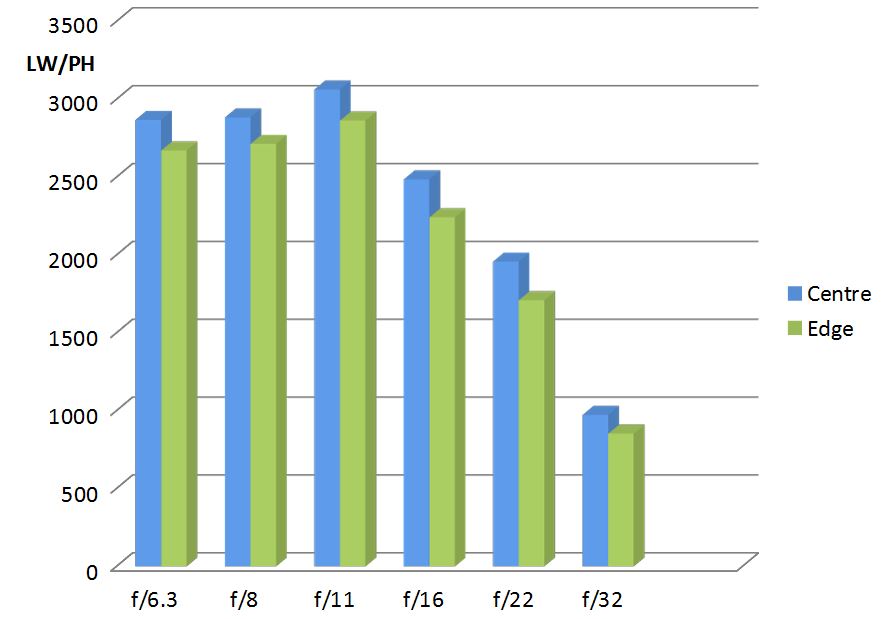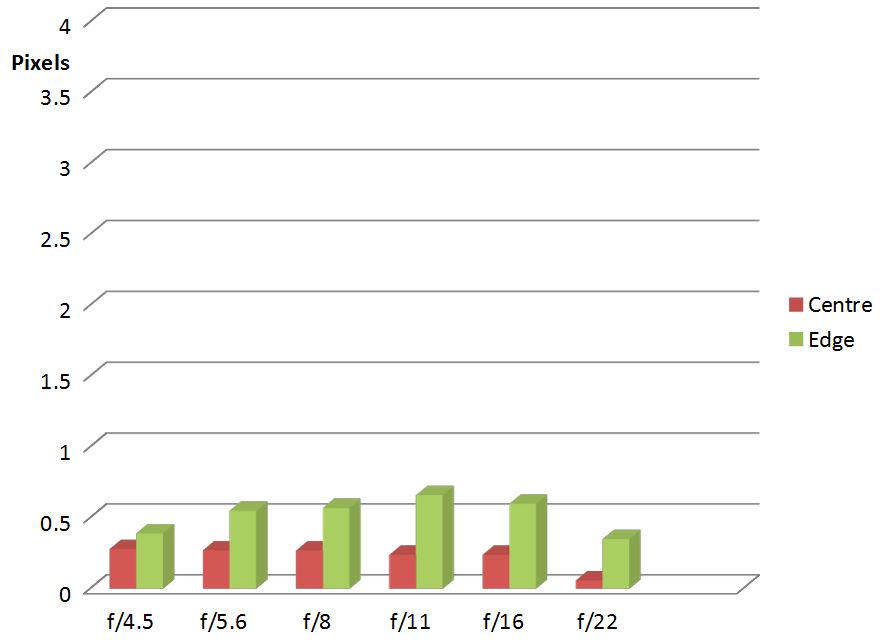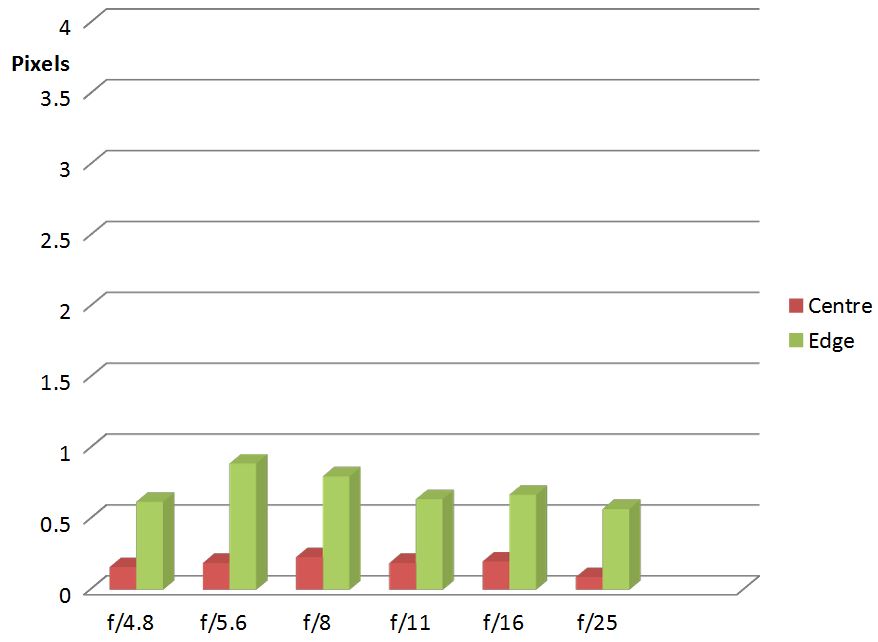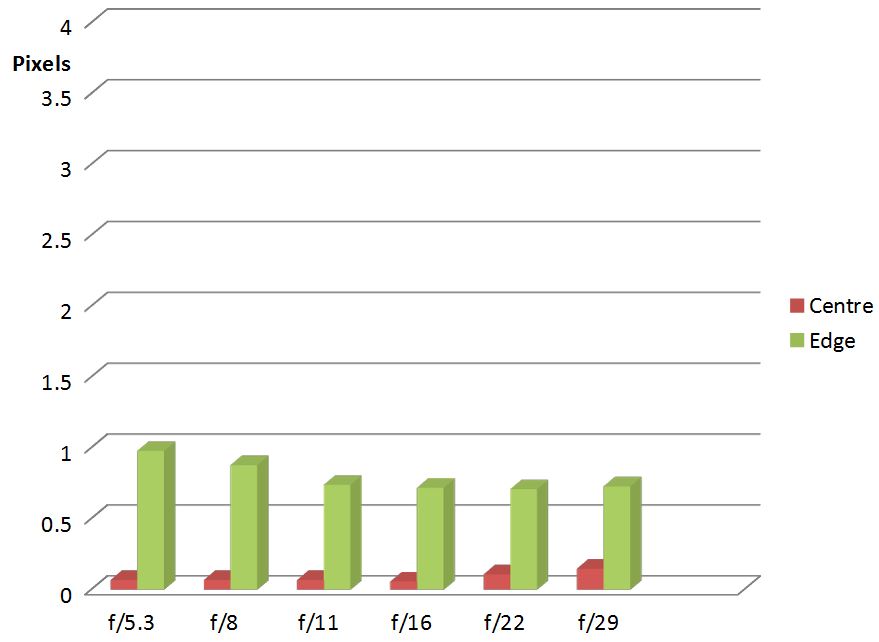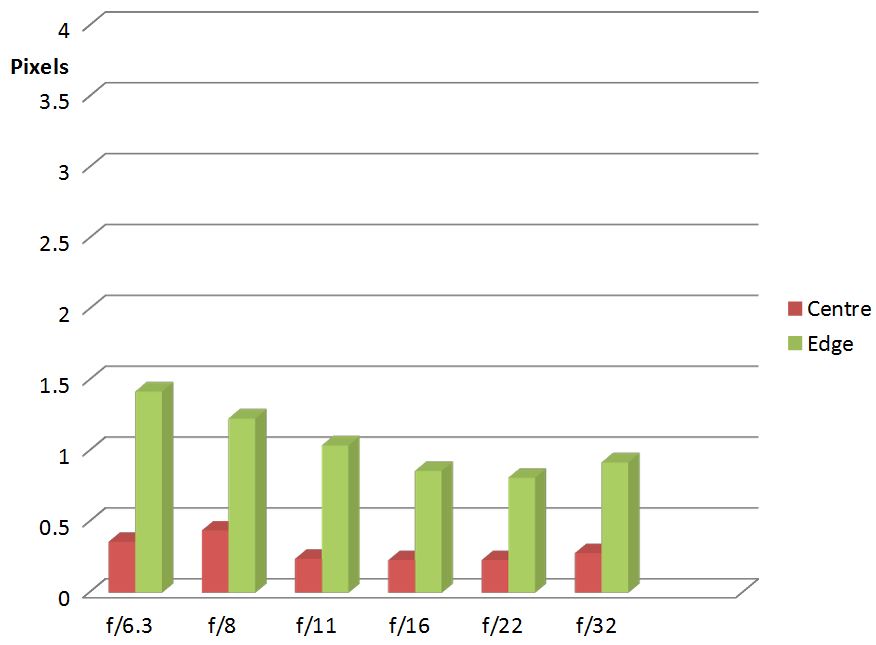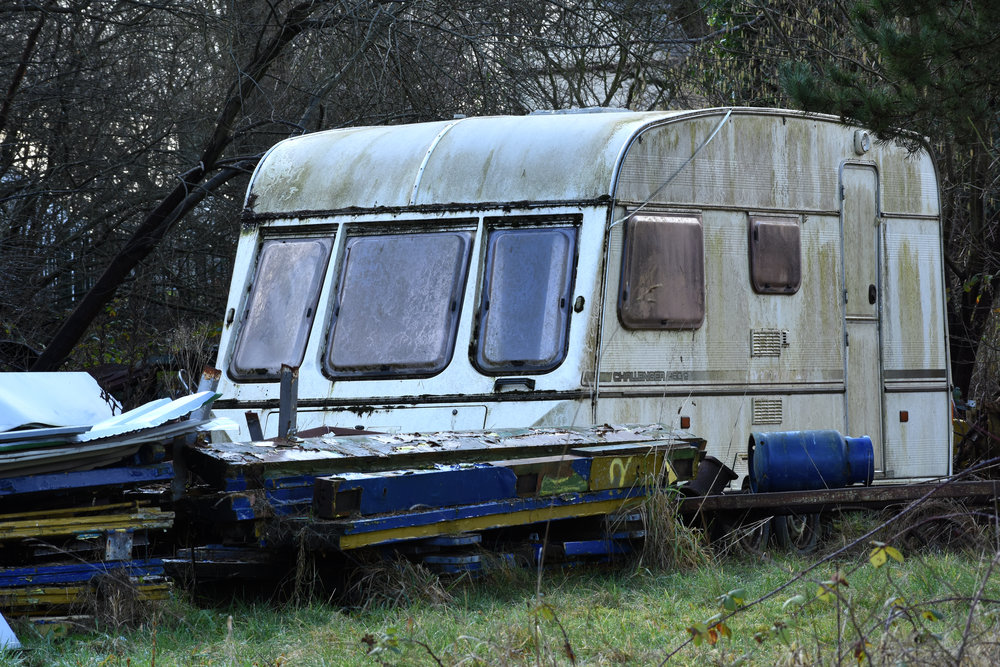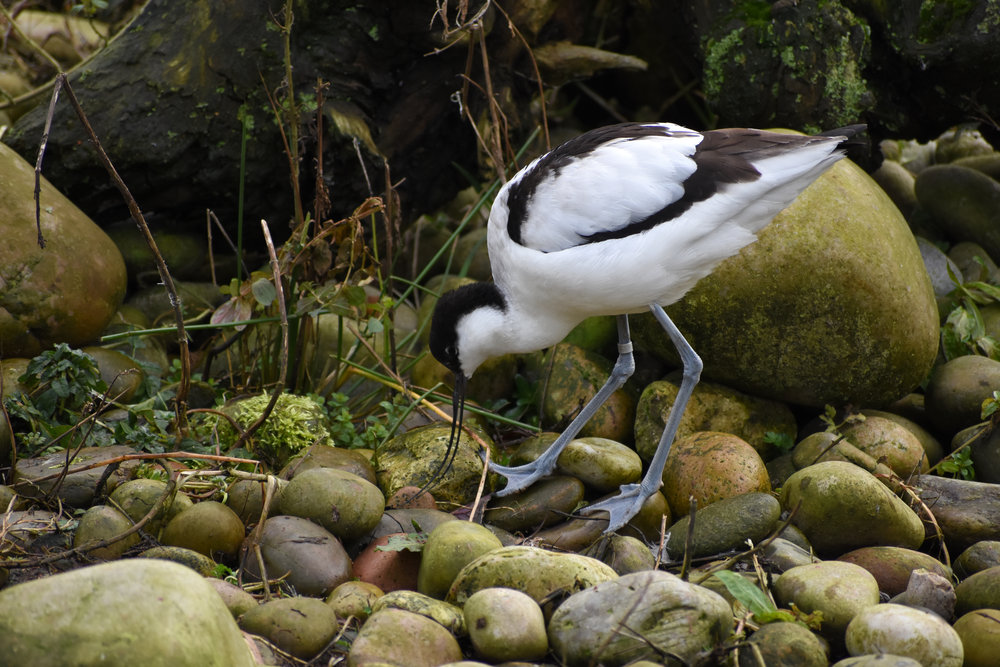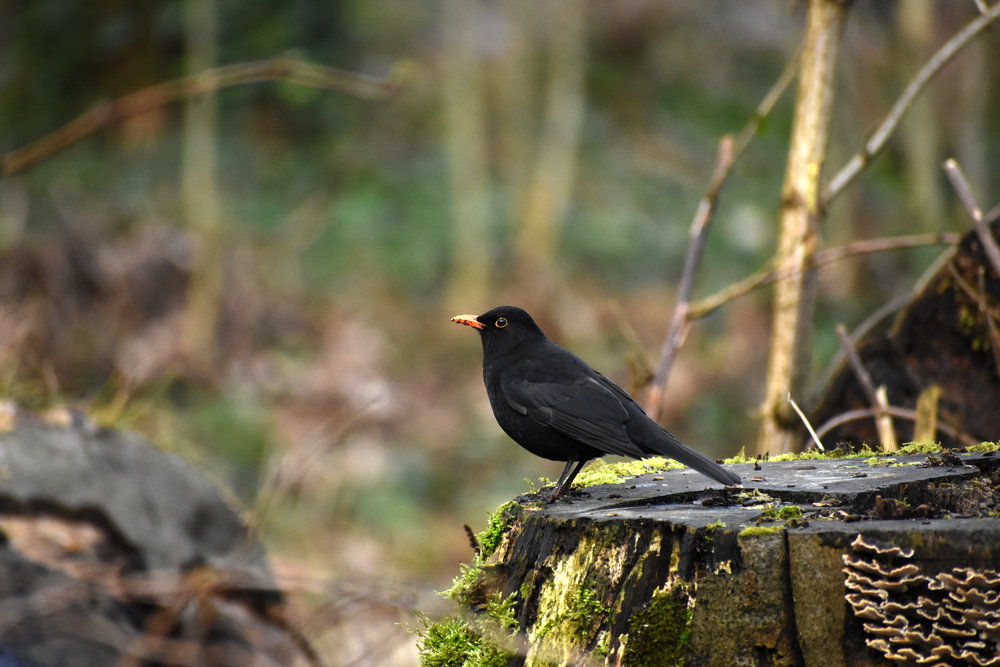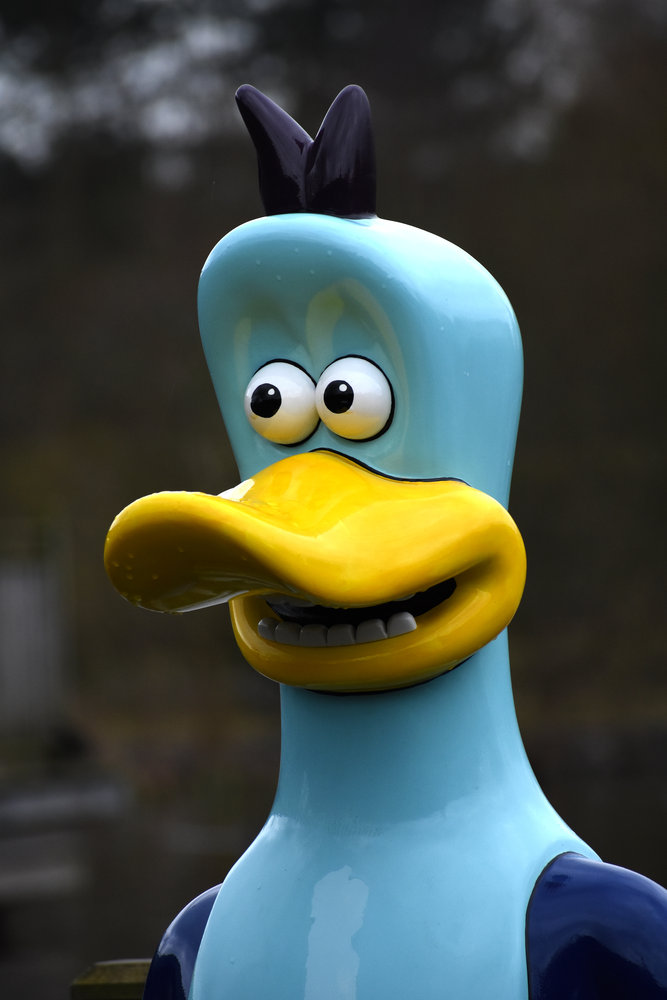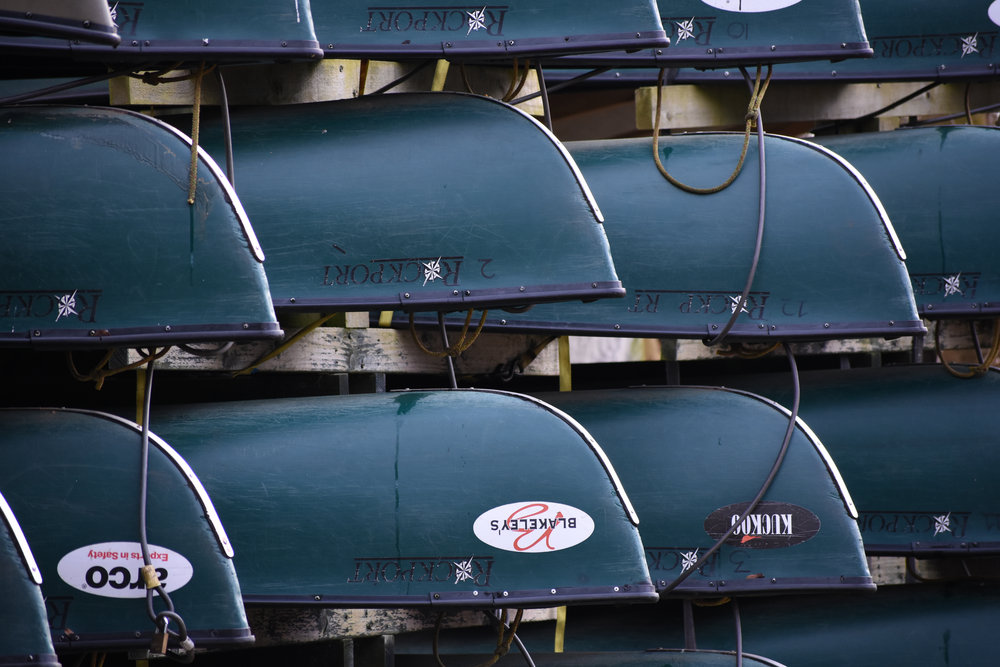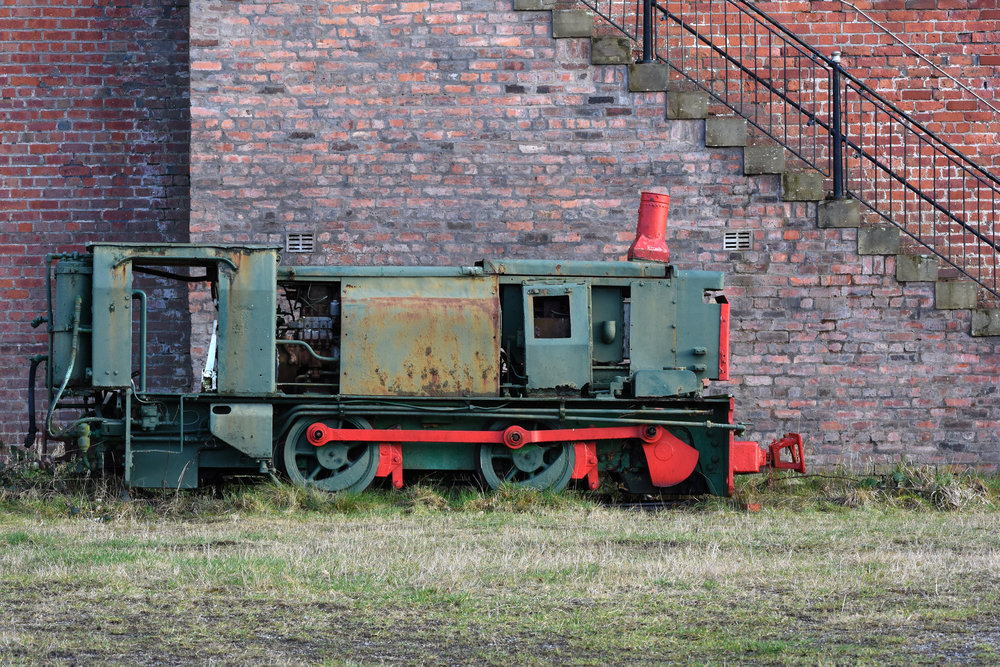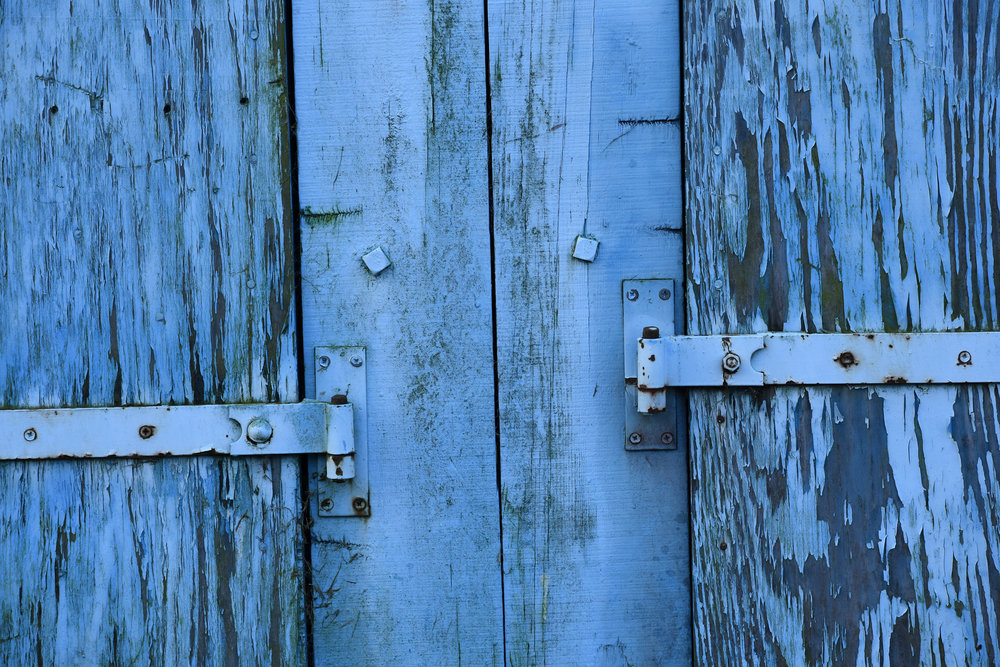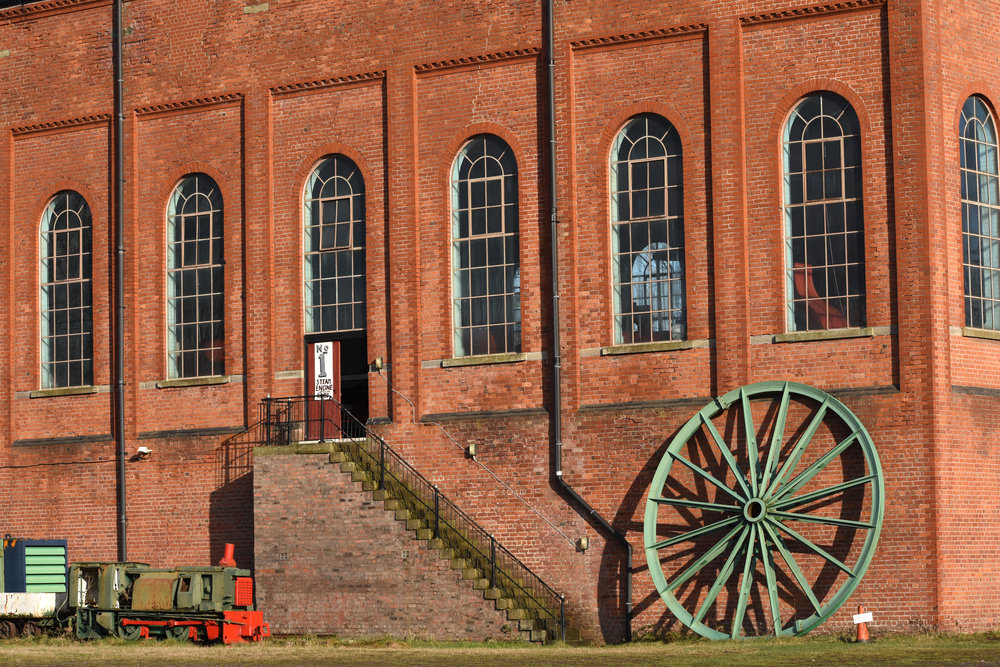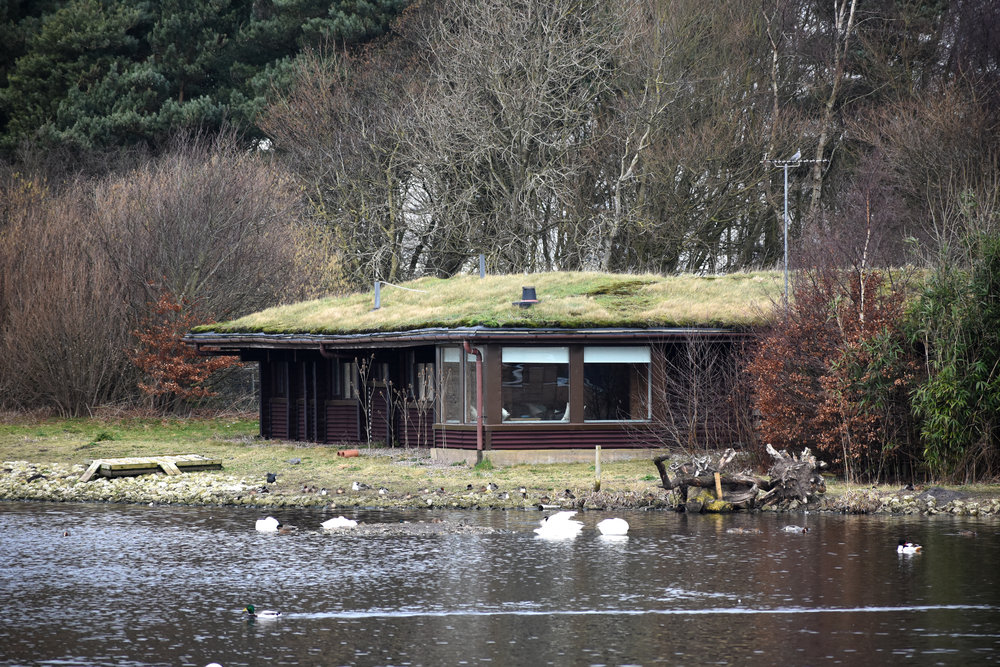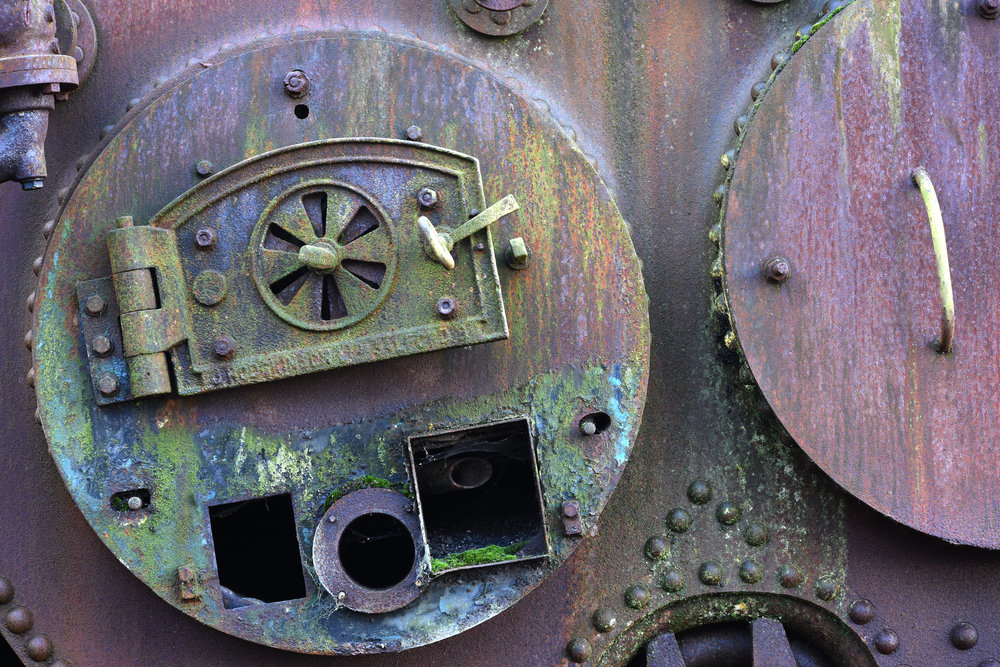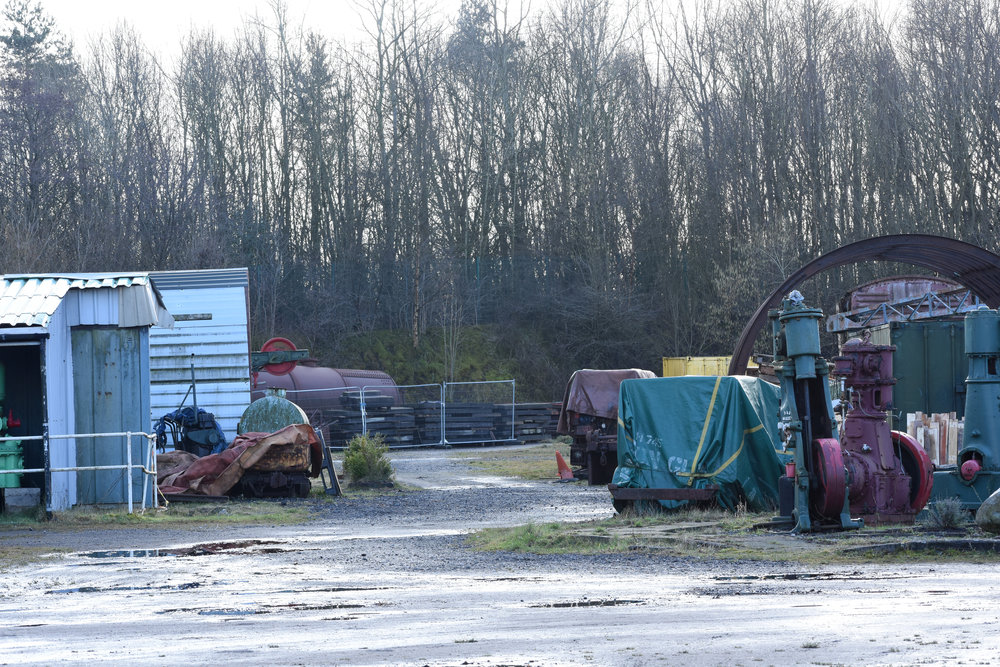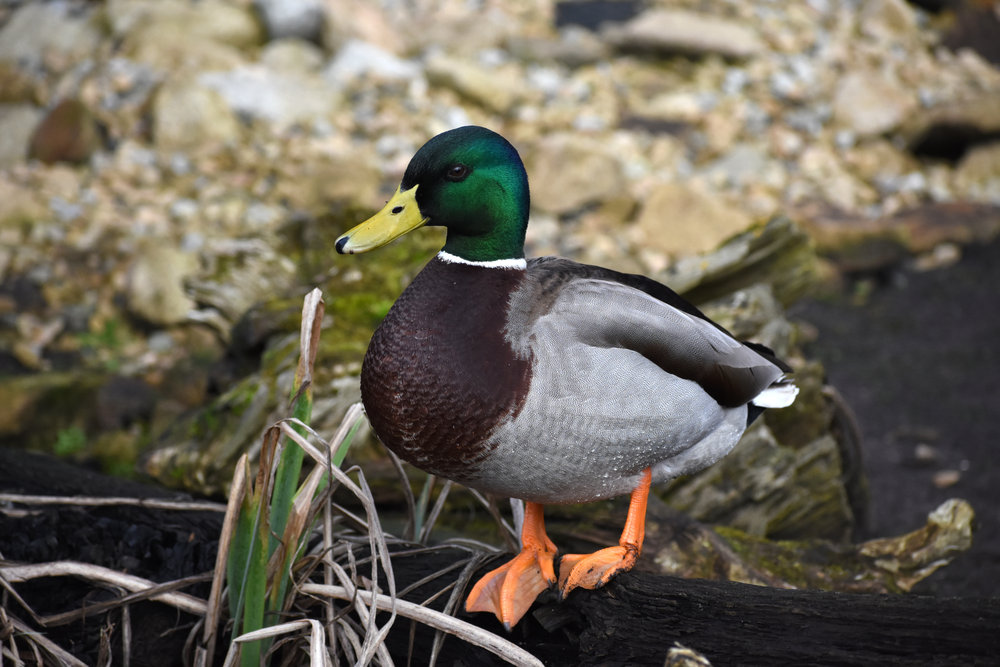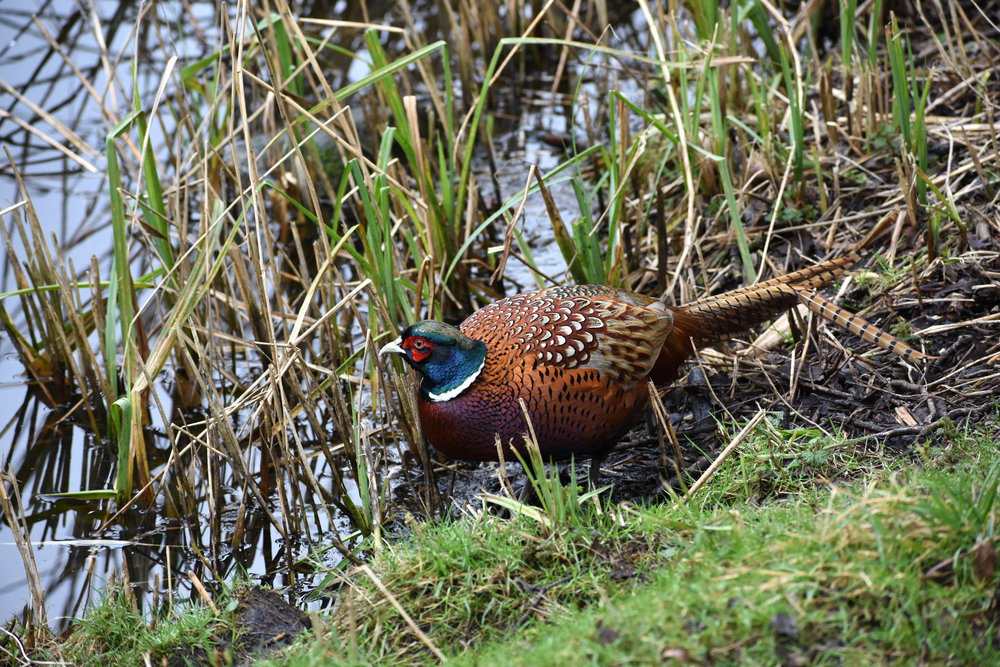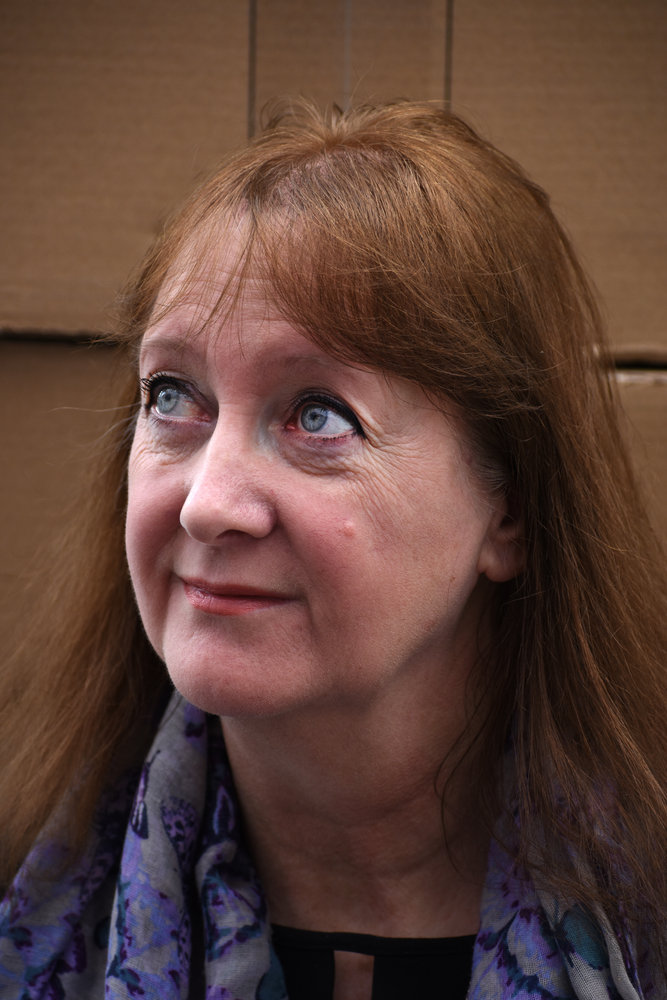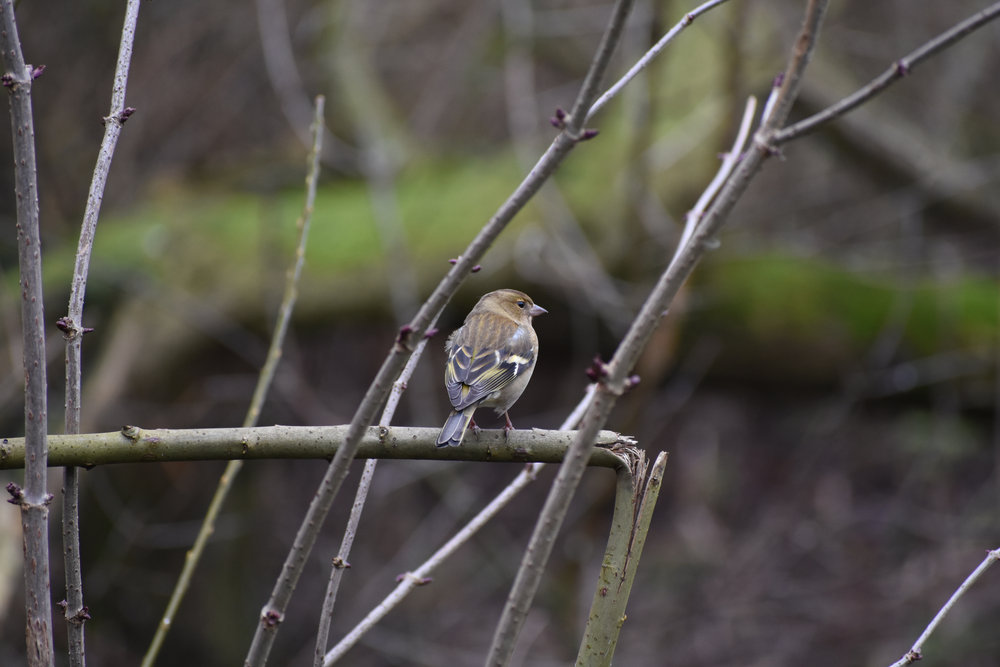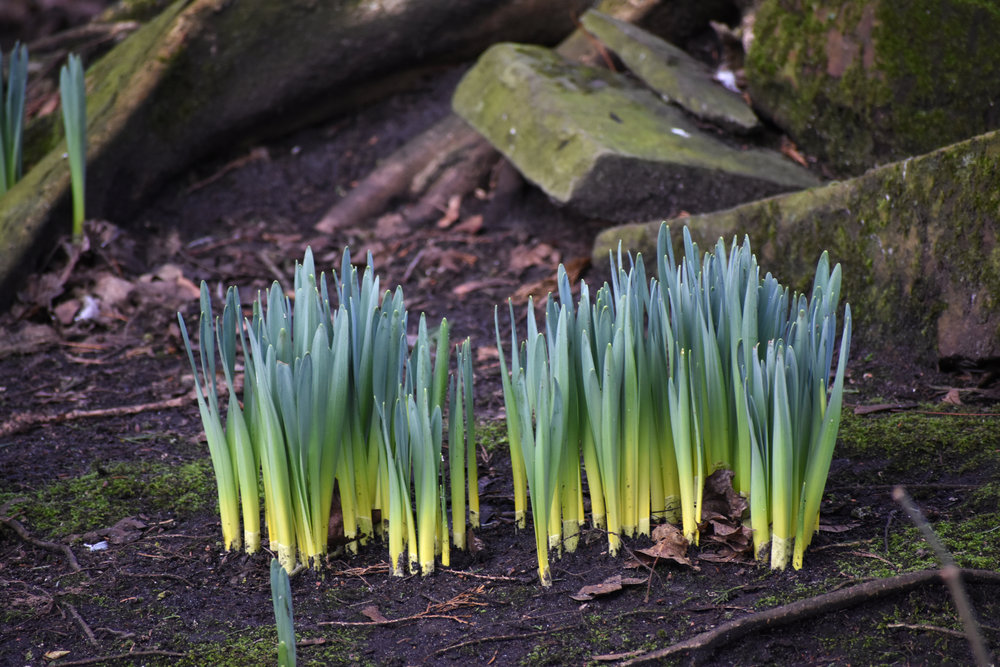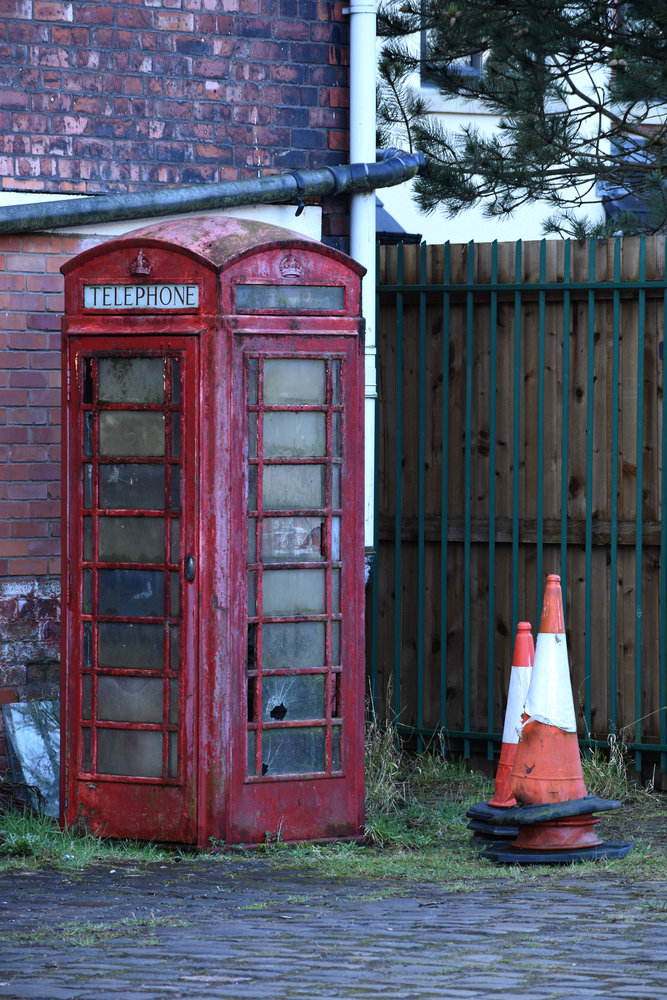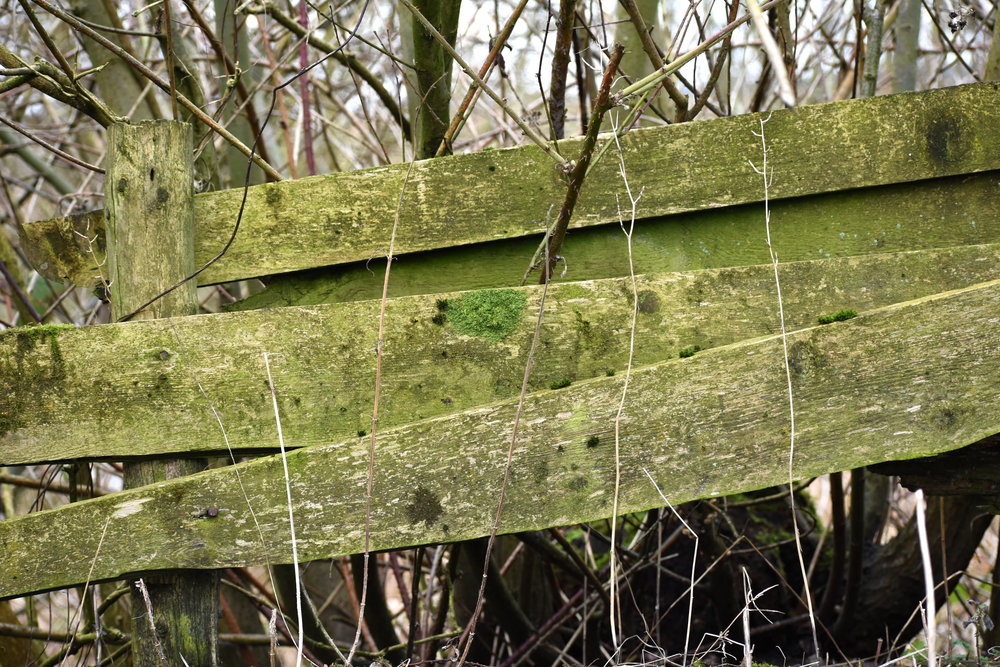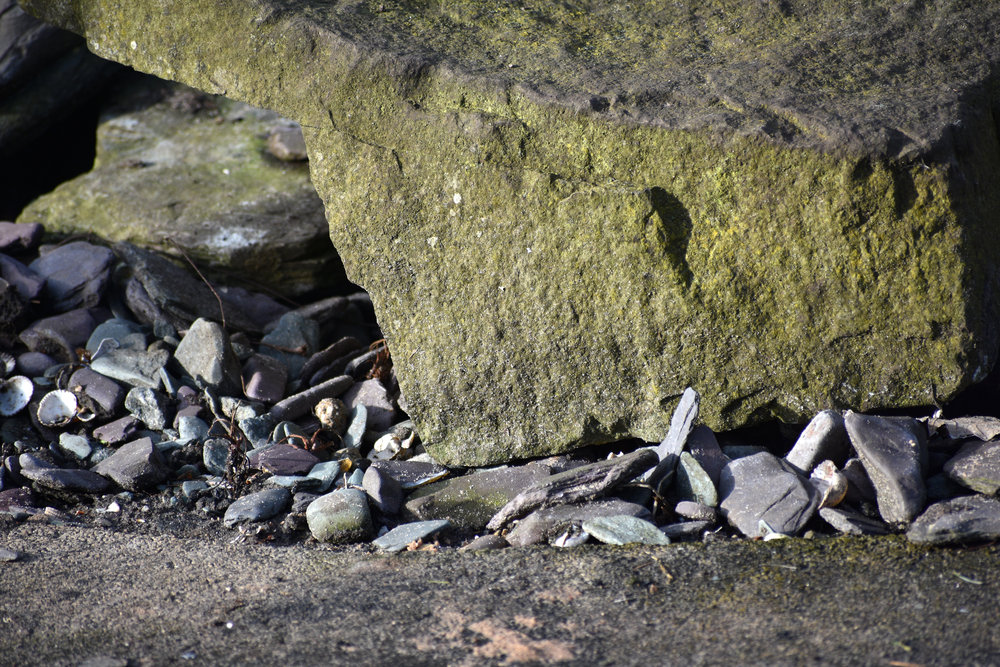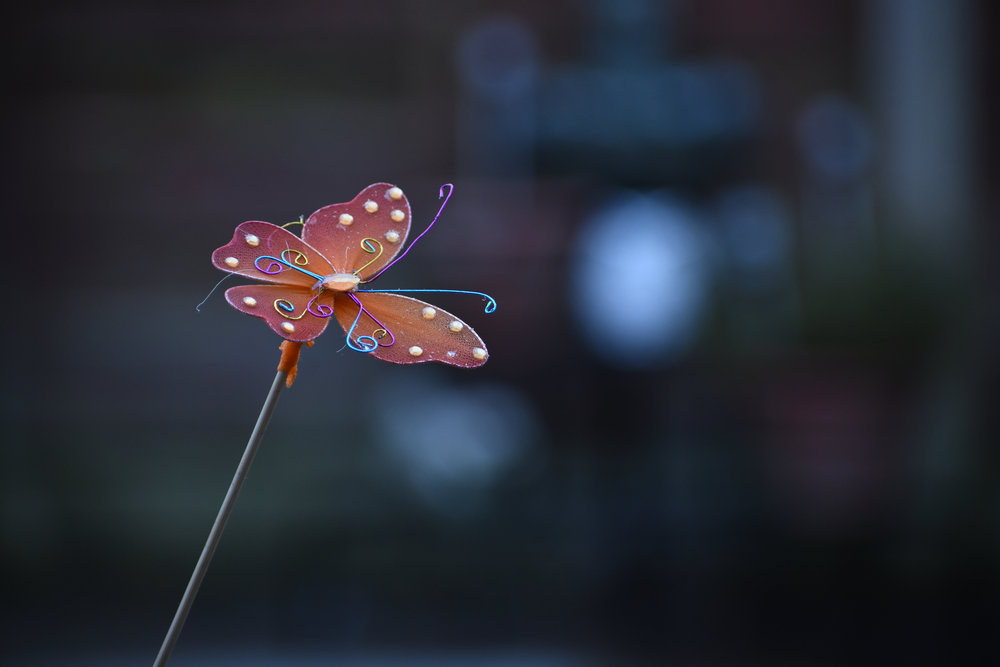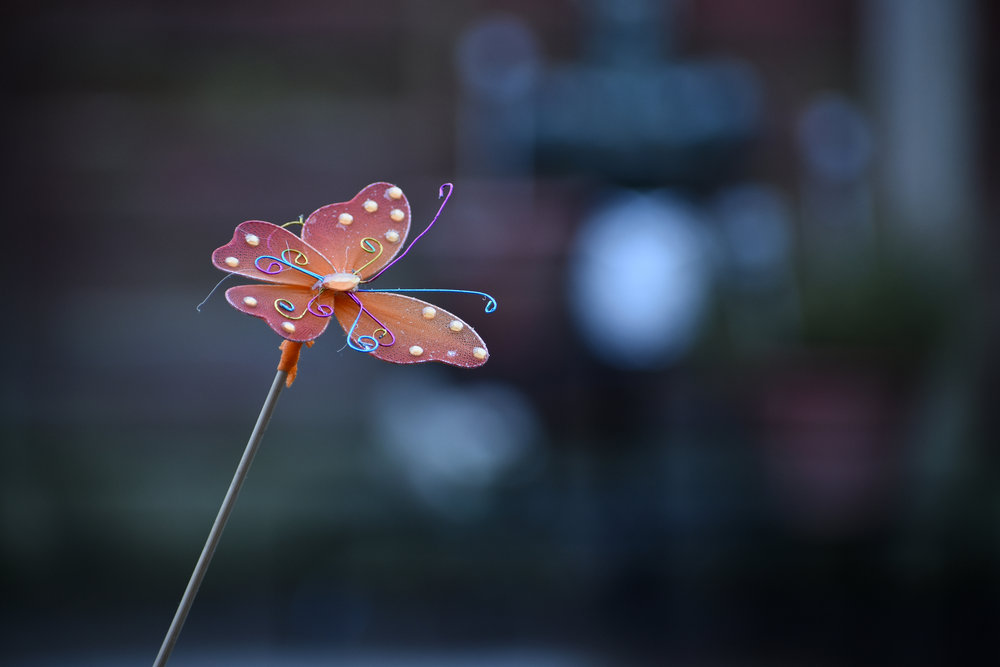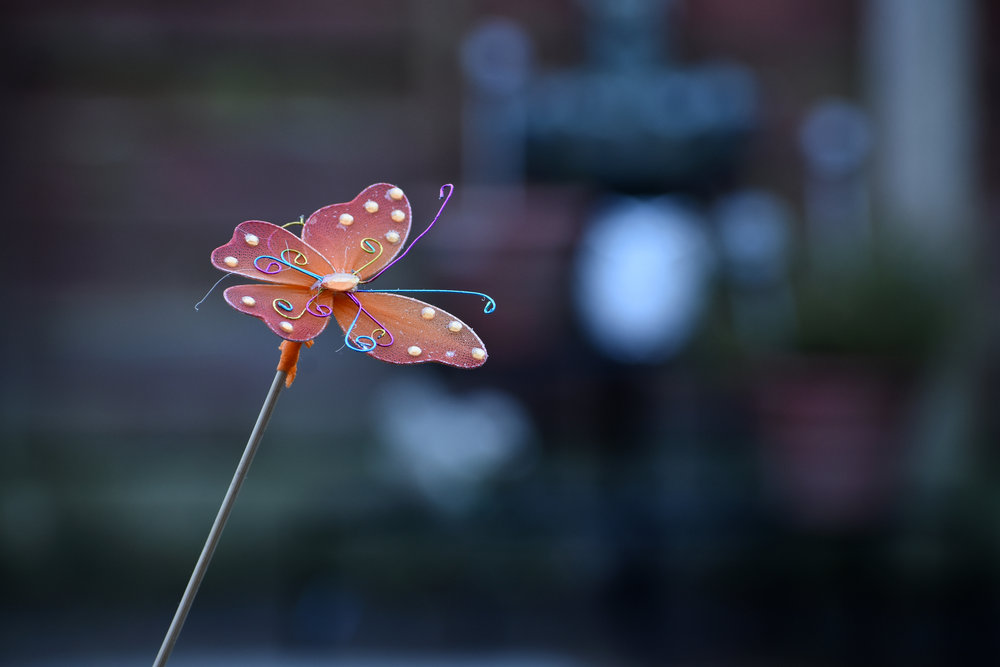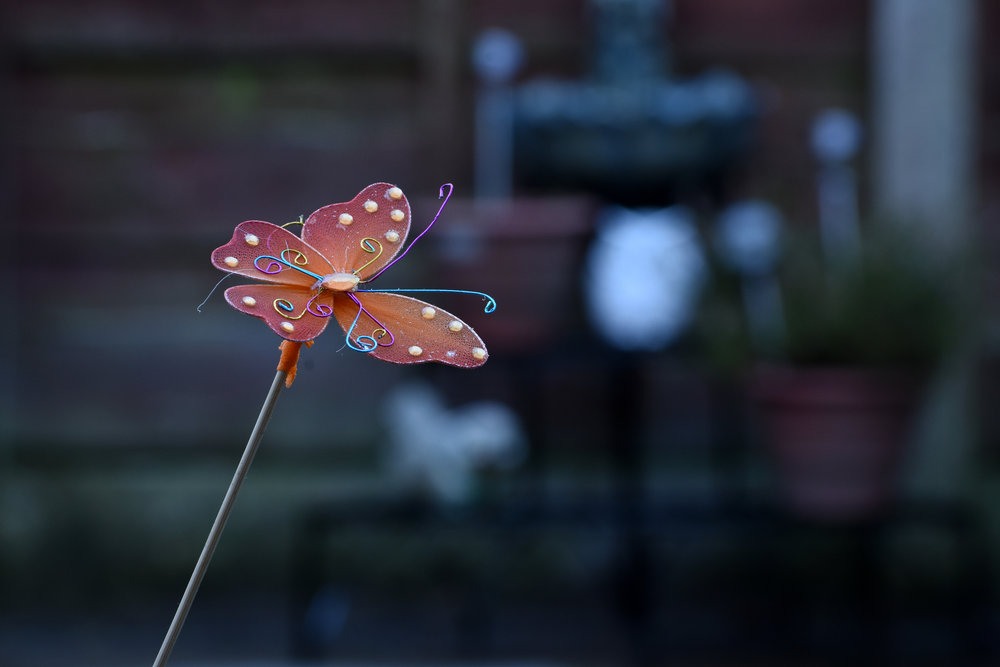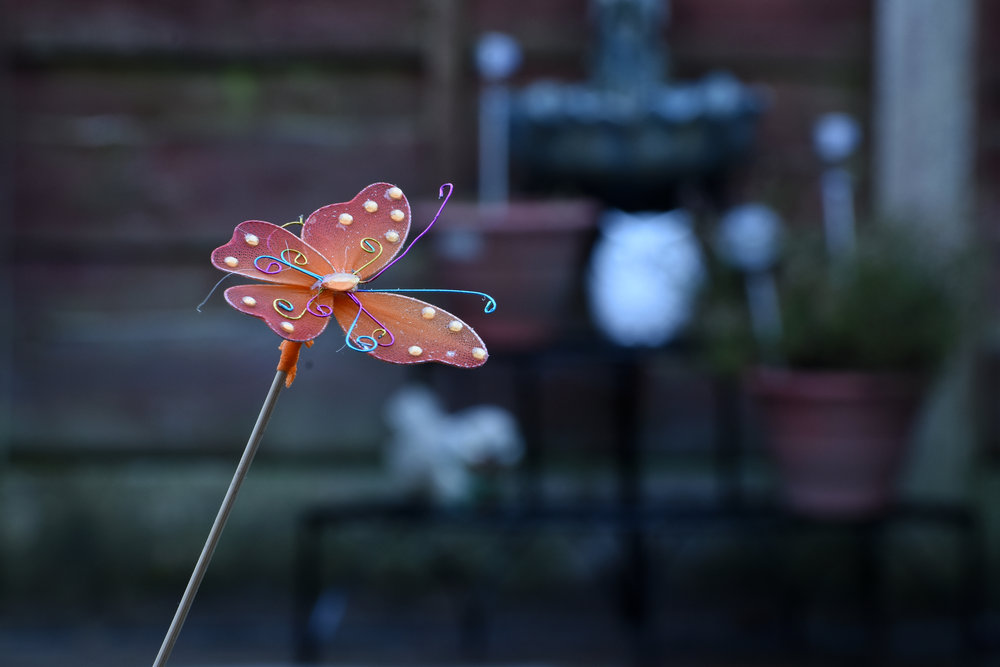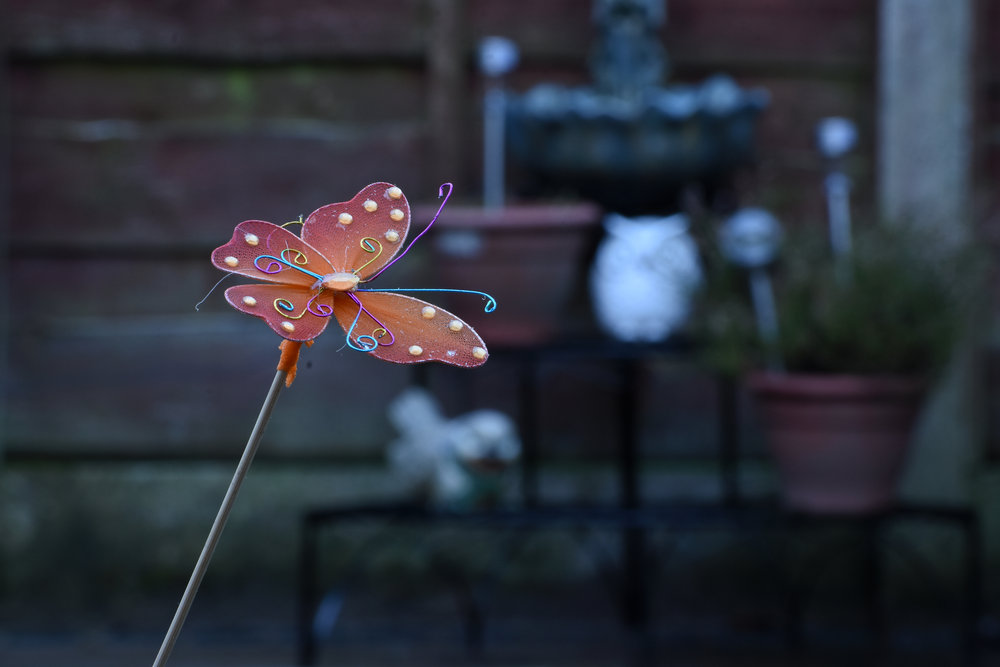Handling and Features
Performance
Verdict
Specification
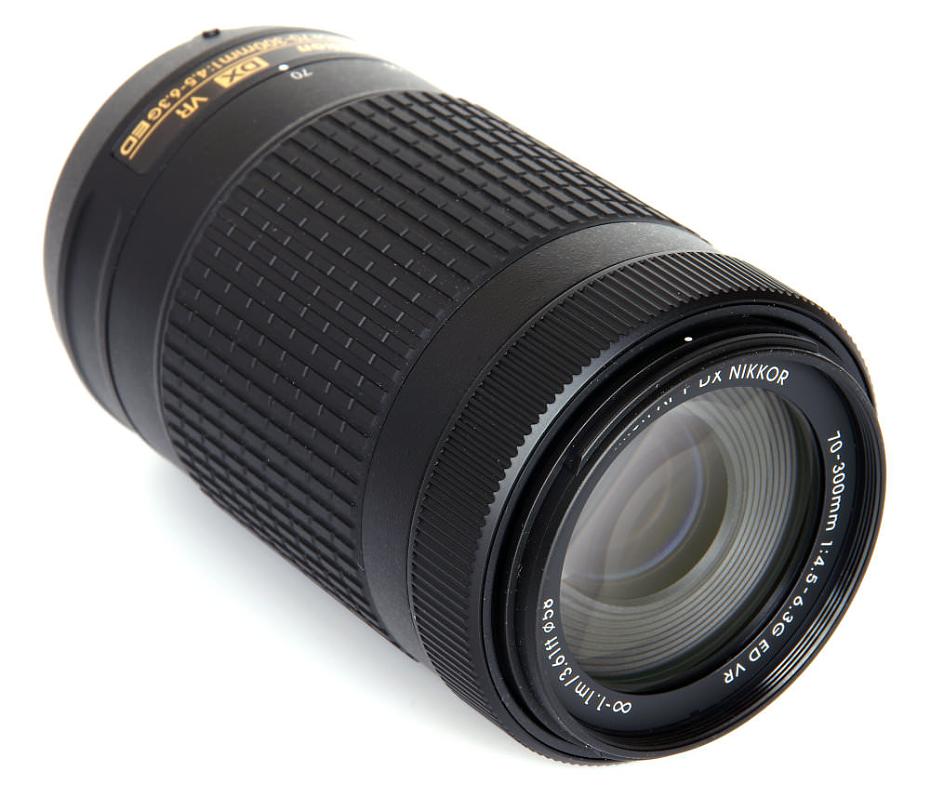
One of twins, one version with and one without VR, this is the VR version of Nikon's new 70-300mm lens. It is intended for APS-C format DSLRs and as such offers a very attractive “35mm format equivalent” of 105-450mm. We match it up with the Nikon D7200 body to see how it performs.
AF-P DX Nikkor 70-300mm f/4.5-6.3 G ED VR Handling and Features
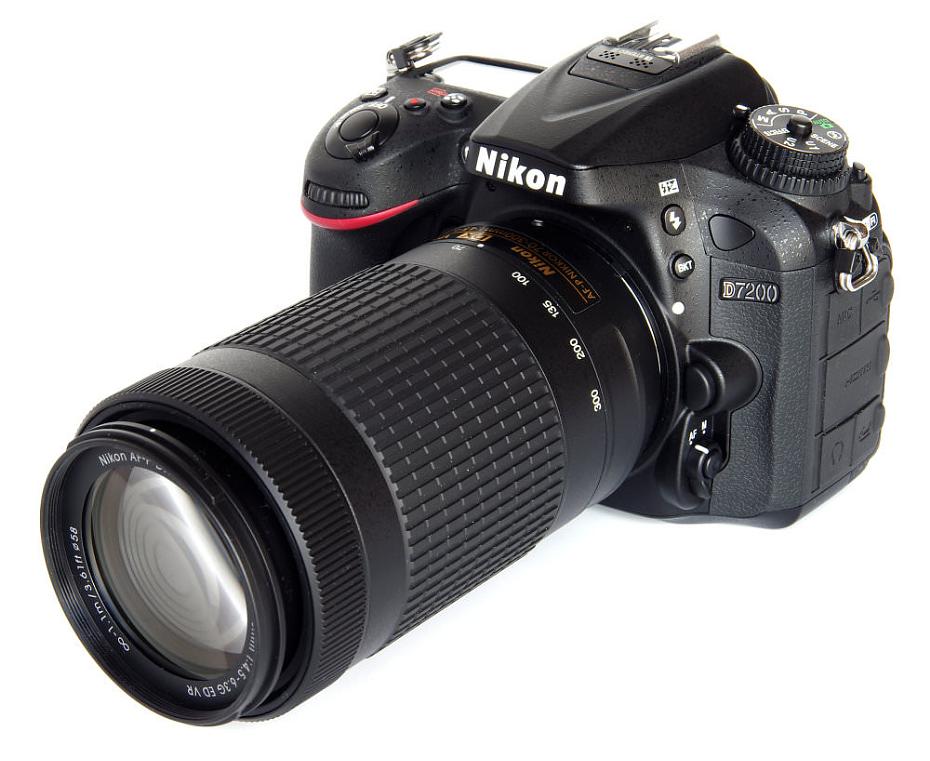
Constructed of good quality plastics, including the mount, everything fits together well and gives the confidence that this optic is well made. The front filter thread is 58mm and is surrounded by a bayonet fitting for a dedicated lens hood. Sadly, the hood is not provided as standard and it would probably be a very good idea if it was. Apart from helping to prevent flare, a hood offers protection to the front element. The dedicated hood is available separately and is designated HB-77. The lens is compact and weighs in at a reasonably light 415g.
Immediately behind, a thin ring is for manual focusing. Focusing does not change the length of the lens and is down to 1.1m (3.7 feet) which is about the norm for lenses of this type. This offers a useful working distance, ideal for portraits of flowers and other small close objects. The maximum magnification is 0.22x. The AF system uses a stepping motor and is both fast and silent in operation, perfect for videographers.
The only other control on the lens is the very wide zoom ring. This is clearly marked and very well damped to give just the right amount of resistance. The overall feel of the lens on the D7200 is, of course, subjective, but I would describe it as a perfect fit. Handling in the field is fast and intuitive.
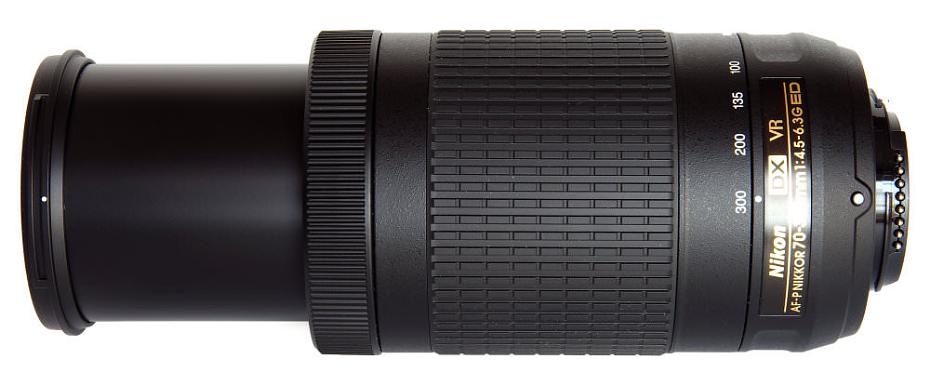
The lens mount is plastic, an indication of the lower cost aim of the lens, but the fit is very precise and there is no play once fitted. Plastic lens mounts are generally well proven for lighter lenses and it does look as though this one is very well made and will continue to give good service for a long time.
Lens construction is 14 elements in 10 groups, with one ED (Extra Low Dispersion) element. The lens diaphragm has 7 rounded blades.
The VR system is on as standard and there is no lens control to switch it off. The instructions give a list of compatible camera bodies, but do say that a firmware upgrade may be needed to enable the menus to offer Optical VR on/off. A firmware update on the D7200 did not provide such an option, but nonetheless, the instructions do also say that it is recommended that it be left switched on when mounted on a tripod unless we prefer otherwise. The only way is to try it to be sure and we will come back to that in the next section.
The lens itself is delightfully simple. It is just there to be used and it handles beautifully. Focusing is very crisp and fast and the light, compact combination of lens and D7200 is gorgeous to use.
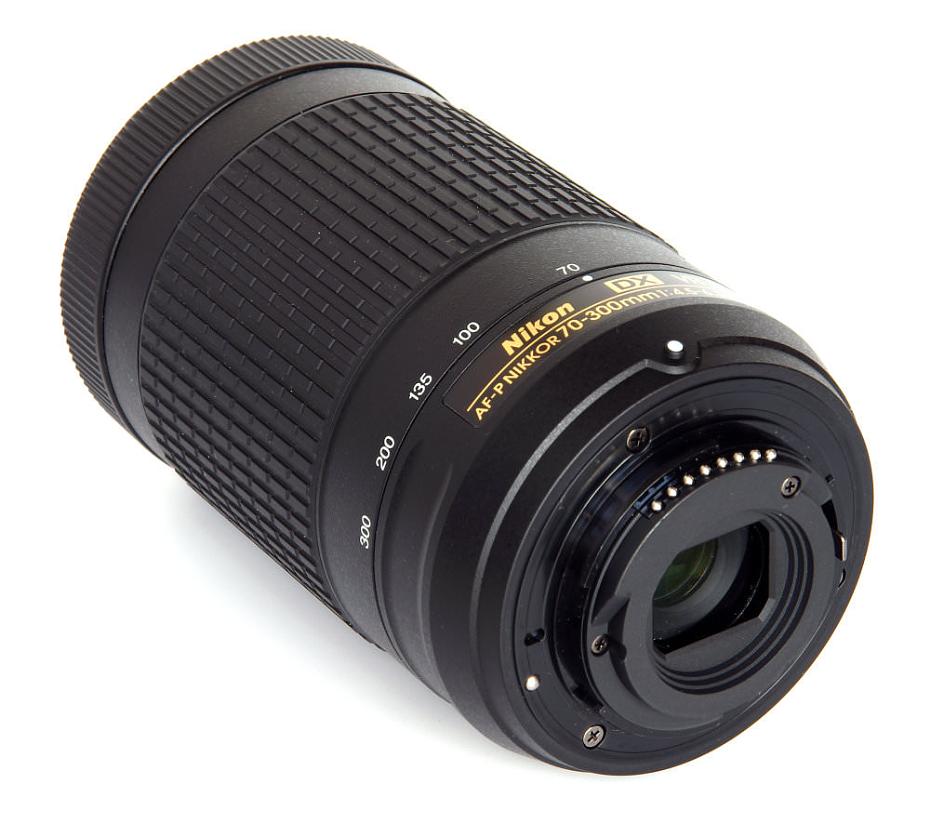
AF-P DX Nikkor 70-300mm f/4.5-6.3 G ED VR Performance
Sharpness is quite something. At 70mm, central sharpness is very good at f/4.5, excellent at f/5.6 and outstanding at f/8 and f/11. It is excellent at f/16 and very good at f/22. The edges are very good at f/4.5, excellent at f/5.6 and f/8, outstanding at f/11, excellent at f/16 and very good at f/22.
At 135mm, we have an excellent result at the centre at f/4.8 and f/5.6, outstanding at f/8 and f/11, excellent at f/16 and very good at f/25. The edges are excellent throughout f/4.8 to f/16 and still very good at f/22.
At 200mm, the centre is excellent at f/5.3, outstanding at f/8, excellent at f/11 and f/16 and very good at f/22. By f/29 this has dropped to good. The edges are excellent from f/5.3 to f/16, very good at f/22 but do become soft at f/29.
At 300mm, the centre is excellent from f/6.3 to f/11, very good at f/16, good at f/22 but soft at f/32. The edges are excellent from f/6.3 to f/11, very good at f/16, good at f/22 but soft at f/32.
This is a remarkable performance for any telephoto zoom, and especially so for a relatively inexpensive lens.
Nikon AF-P DX NIKKOR 70-300mm f/4.5-6.3G ED VR MTF Charts
How to read our MTF chartsThe blue column represents readings from the centre of the picture frame at the various apertures and the green is from the edges.The scale on the left side is an indication of actual image resolution as LW/PH and is described in detail above. The taller the column, the better the lens performance. For this review, the lens was tested on a Nikon D7200 using Imatest. |
CA (Chromatic Aberration) is highly corrected in the centre of the field at all focal lengths. It is also very impressive at the edges, not totally corrected, but for most purposes just fine without further processing. If further correction is needed, then it can be tackled in software.
Nikon AF-P DX NIKKOR 70-300mm f/4.5-6.3G ED VR Chromatic Aberration Charts
How to read our CA chartsChromatic aberration (CA) is the lens' inability to focus on the sensor or film all colours of visible light at the same point. Severe chromatic aberration gives a noticeable fringing or a halo effect around sharp edges within the picture. It can be cured in software.Apochromatic lenses have special lens elements (aspheric, extra-low dispersion etc) to minimise the problem, hence they usually cost more. For this review, the lens was tested on a Nikon D7200 using Imatest. |
There is excellent flare resistance. It is possible to see a drop in contrast if pointed directly towards the light, but there are no artefacts created and the coatings clearly are highly efficient.
Distortion is modest for a zoom lens. 70mm shows -0.674% barrel distortion. This changes to pincushion, with readings of +1.36% at 135mm, +1.43% at 200mm and +1.15% at 300mm.
The 7 bladed rounded diaphragm is fairly standard fare but actually offers some very smooth and pleasant bokeh. This will be ideal for portraiture, flower portraits and any other applications where a smooth and unobtrusive out of focus background will enhance the subject.
The VR (Vibration Reduction) system would appear to be active permanently, possibly awaiting another firmware upgrade to enable it to be switched off, but in the event it proved to be no disadvantage when mounted on a firm tripod. When hand held the result could be clearly seen in the viewfinder and results indicated that 4 to 4.5 stops of advantage was easily possible. Given that at 300mm we are talking about a “35mm equivalent” of 450mm that would suggest at least 1/500sec for a sharp image, to find reliably sharp results at 1/30 to 1/15 sec is truly remarkable. Higher speeds will still be needed for rapidly moving subjects of course, but the quality of telephoto results makes this a very viable lens for the wildlife photographer.
Nikon AF-P DX NIKKOR 70-300mm f/4.5-6.3G ED VR Sample Photos
Value For Money
The AF-P DX Nikkor 70-300mm f/4.5-6.3 G ED VR lens is priced at £349. The non-VR version, otherwise identical, costs £299. However, at the time of writing the VR version is on offer at £305. I would suggest the choice there is very clear while that situation lasts. Nikon also offers the 70-300mm f/4-5.6 G AF-S VR IF-ED at £499.
Other alternatives abound, many low cost, such as the Tamron 70-300mm f/4-5.6 SP Di VC USD (£299), the Tamron 70-300mm f/4-5.6 Di (£129), the Sigma 70-300mm f/4-5.6 APO Macro Super DG (£149) and the Sigma 70-300mm f/4-5.6 Macro DG (£98).
To give more perspective, Canon has several 70-300mm lenses, but the closest to the new Nikon might be the EF 70-300mm f/4-5.6 IS USM at £419. Sony A fit users have the Sony 55-300mm f/4-5.6 SAM ED at £299 and Pentax have the HD Pentax-DA f/4-5.8 ED WR, also at £299.
If we take into account the performance, then the new lens looks a winner in terms of VFM.
For more options, have a look at the Top 10 Best Nikon Lenses article.
AF-P DX Nikkor 70-300mm f/4.5-6.3 G ED VR Verdict
Long telephoto zooms are used for all sorts of images, but in particular for sports, wildlife and travel. This demands high quality at wider apertures where possible, so shutter speeds can be left high. It is of less use to have a lens performing at its best at f/16 rather than at its maximum aperture, particularly where wildlife is concerned. In this instance, the best performance is anywhere from open aperture to f/16 so the possibilities are there for all styles of photography.
The Nikon AF-P DX Nikkor 70-300mm f/4.5-6.3 G ED VR performs brilliantly, giving sharp, flare-free images at wider to mid apertures, with lovely bokeh and virtually no CA. Add to that a superb VR performance and the package is hard to beat. An outstanding lens at a fantastic price and an Editor's Choice award.
|
The Nikon AF-P DX Nikkor 70-300mm f/4.5-6.3 G ED VR is a superb lens and an excellent price. |
